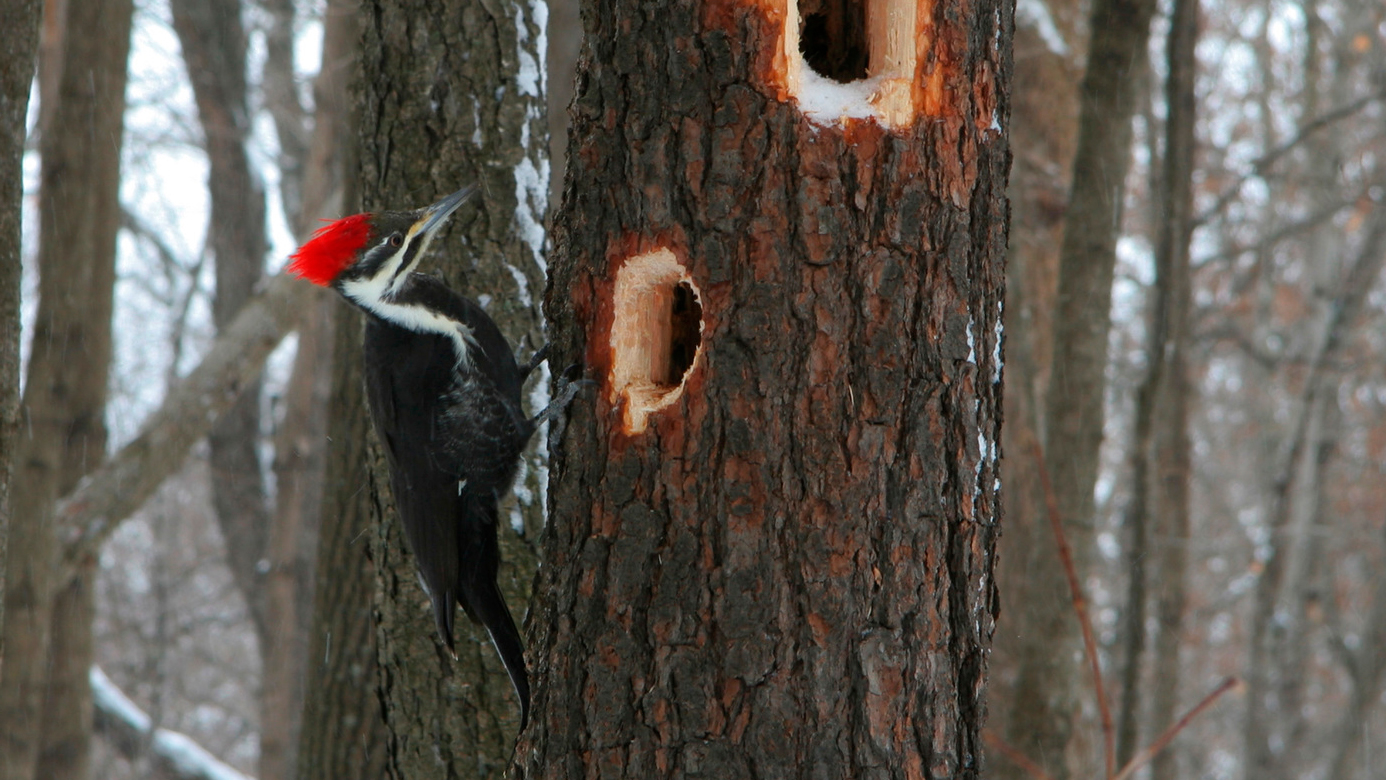Woodpeckers in Florida: Nature, Ecology, and Preservation
Woodpeckers in Florida: Nature, Ecology, and Preservation
Blog Article
Unveiling the Tricks of Woodpeckers: Actions, Habitat, and Much More
Woodpeckers, with their special habits and specialized adaptations, have lengthy fascinated researchers and nature fanatics alike. By revealing the secrets surrounding woodpeckers' behavior and habitat selections, a much deeper understanding of these bird wonders emerges, using a look right into their interesting world.
Woodpecker Actions Insights
In checking out woodpecker actions, a remarkable screen of specialized skills and adjustments arises, dropping light on their impressive eco-friendly specific niche - Woodpeckers in Florida. Woodpeckers, known for their distinctive drumming on trees, have a range of behavioral attributes that add to their survival and success in their environment. One vital habits is their drumming, which serves numerous functions such as communication, developing territory, bring in companions, and locating food resources. This rhythmic pecking additionally showcases their amazing strength and endurance, as they can hammer away constantly at high speeds without causing damage to themselves.
In addition, woodpeckers exhibit an one-of-a-kind feeding behavior defined by their capacity to essence bugs from tree bark utilizing their specialized beaks. Their long, barbed tongues aid in recording prey, while their strong neck muscular tissues offer security and accuracy during pecking movements. This feeding approach allows woodpeckers to gain access to surprise insect larvae and extract them with exceptional performance.
Habitat Preferences and Choice
What variables affect the habitat preferences and choice of woodpeckers? Woodpeckers are extremely versatile birds known to occupy different atmospheres worldwide. However, they do display preferences for sure habitat characteristics. One vital variable influencing woodpecker environment option is the availability of suitable nesting websites. Woodpeckers normally prefer forests with a mix of fully grown trees that supply ample opportunities for cavity excavation. These tooth cavities act as crucial nesting and roosting sites for woodpeckers and are necessary for their breeding success.
In addition, woodpeckers reveal a preference for habitats with an abundant supply of food resources. They are mostly insectivorous, eating beetles, ants, larvae, and other insects located in worn out wood or tree bark. Woodpeckers have a tendency to favor woody areas with a varied insect populace to meet their nutritional demands.
In addition, the existence of dead or decaying trees is an additional crucial consider woodpecker environment choice. These trees not only give food sources but additionally provide ideal substratum for cavity excavation. Dead trees are crucial for the upkeep of healthy woodpecker populaces, as they play a vital duty in the woodpeckers' life cycle and ecological community dynamics.
Feeding Behaviors and Diet Plan Make-up
Woodpeckers demonstrate a specialized feeding actions focused on foraging for pests within different habitats. click to read more In enhancement to pests, woodpeckers also eat tree sap, fruits, nuts, and seeds, including range to their diet regimen depending on the period and accessibility of food sources.
The foraging strategies of woodpeckers are well-adapted to their arboreal way of living. Woodpeckers play an important duty in preserving the health of woodlands by controlling insect populations and aiding in the decomposition of wood.
Drumming Appears and Communication
Using fast drumming audios on numerous surfaces, woodpeckers employ a distinctive form of interaction to signify area limits and attract mates. This drumming actions is not only a method of communication but additionally acts as a way for woodpeckers to develop their presence within a particular location. The strength, speed, and pattern of the drumming can share essential information to various other woodpeckers in the vicinity.
Woodpeckers make use of drumming sounds to introduce their existence in a region and to caution off possible trespassers. The loud and repeated nature of the drumming works as a clear signal to other woodpeckers that the location is already asserted. This helps in reducing problems and reducing physical battles between people.

Survival Adaptations and Specialized Makeup

Conclusion
In final thought, woodpeckers exhibit special habits, such as drumming sounds for communication, and have actually specialized anatomy for survival in their selected environments. Their feeding practices and diet regimen make-up better show their flexibility to various environments. By comprehending these elements of woodpeckers, scientists and conservationists can better secure and maintain these fascinating birds and their ecological communities.
Report this page